Tesla has long promised to deliver an “affordable” battery-electric vehicle, but the project has yet again been delayed, according to a new report. With competition coming in the under-$30,000 segment, the delay could add to Tesla’s woes as sales continue to sag, driving down both Tesla’s earnings and stock price. Headlight.News has more.
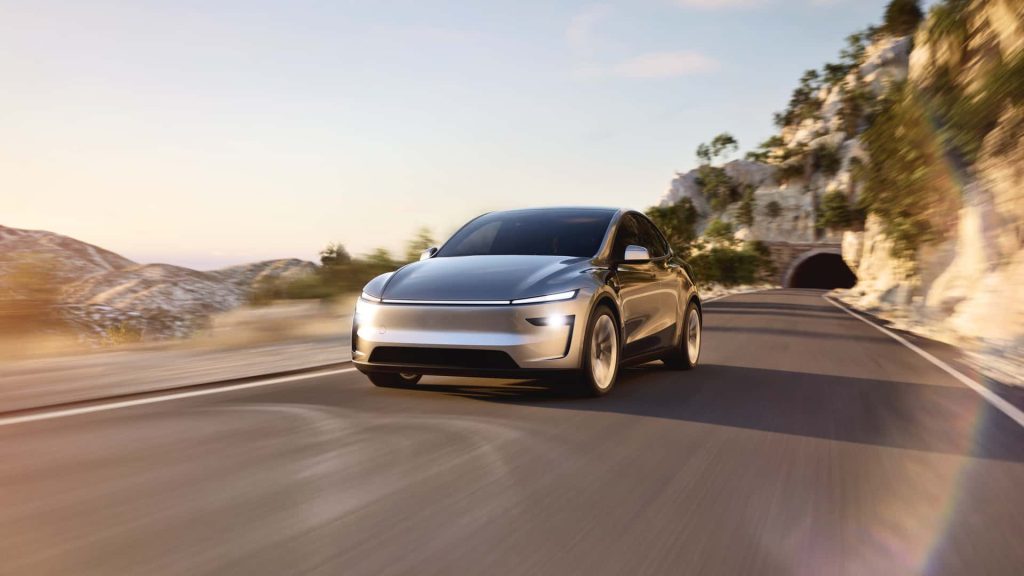
The more affordable EV is believed to be based on the Tesla Model 3 platform but smaller and likely offering less range.
Tesla has repeatedly promised to bring out an EV more affordable than the current Model 3 which starts at $44,130. But the project has been started and stopped repeatedly.
The original plan to produce a unique model was set aside, Tesla instead opting to go with a stripped-down version of its Model Y crossover.
Known internally by the codename E41, the project was expected to go into production right about now, According to the Reuters news service, however, it has been “delayed by at least several months,” following a pattern that has seen only a handful of Tesla products come to market anywhere close to on time.
Reuters said its sources wouldn’t disclose the reason for the delay.
Changing plans
As recently as last November 2023 images purportedly showing an entry level Tesla expected to be called the Model 2 were leaked out, with widespread speculation it would start around $25,000. The EV was believed to be based on a unique platform that would be smaller and, likely, deliver lower mileage than the brand’s current base products, the Models 3 and Y. But, in April 2024, reports surfaced that Tesla had once again killed the project.
It now appears that the automaker had simply changed plans. Instead of going with a ground-up product, Tesla has chosen to base the E41 on the existing Model Y, making critical changes that could help drive down its costs. It does appear the new offering will be slightly smaller and range could drop, as well. It’s unclear, however, if Tesla will switch to the lower-priced LFP, or lithium-iron-phosphate, batteries currently used in its cheapest models. Also unclear is whether the new model will offer different drivetrain options or come only with a single electric motor.
The automaker hopes to sell as many as 250,000 E51 EVs in the U.S. alone by 2026, reported Reuters quoting two inside sources, though it’s unclear if the new delay will reduce that target.
Overseas plans

The next 12 months will be critical for Tesla as sales of existing products decline and it bets on new lines, including the driverless CyberCab.
Tesla also intends to introduce the new entry model in Europe and China.
The affordable EV is expected to roll out in the U.S. first, and that’s likely to remain the case as long as production doesn’t continue to be pushed back. But Tesla has along history of facing delays. It’s newest product line, the Cybertruck, was launched nearly two years late. And while the Model 3 sedan did go into production, as promised, in July 2017, the rollout faced what CEO Elon Musk described as “production hell,” sharply reducing initial volumes.
As it stands, the Chinese launch won’t begin until 2026. Europe is expected to follow, though a hard timetable remains a closely kept secret.
More Tesla News
- Tesla Accused of Rigging Odometers to Reduce Warranty Costs
- Tesla Share of California EV Market Drops Believe 50%
- Sales, Stock Tumbling, Can Musk Turn Things Around?
Growing competition
Bringing in an EV at around $25,000 has become an industry-wide goal. Tesla, according to sources, expects to be able to meet that target by trimming its production costs by about 20%. Whether it can maintain the sort of margins existing products, like the Models 3 and Y, have delivered remains to be seen.
But getting into this segment will be crucial considering the growing competition across the EV market. Tesla’s market share dropped to 49% during the first quarter, down from 80% just three years earlier. Backlash to CEO Musk’s hard-right politics and ties to Pres. Donald Trump haven’t helped. Notably, Tesla’s share in California fell below 50% for the first time during the quarter, the state typically serving as a bellwether for what happens in the rest of the U.S.
The emergence of strong competitors, such as the Hyundai Motor Group, Honda, General Motors and Volkswagen hasn’t helped. Each is working up products starting under $30,000. Kia is expected to come close with the EV4 that debuted at the New York International Auto Show last week. GM’s Chevrolet Equinox EV also nudges that target when factoring in federal tax credits And it’s expected to drop even lower when it revives the Chevy Bolt nameplate later this year.
Then there’s the new Slate: Auto, an EV start-up backed by Amazon founder Jeff Bezos, which is set to debut its first product later this week. Slate is believed to be targeting a $25,000 base price for an all-electric, single-row pickup.

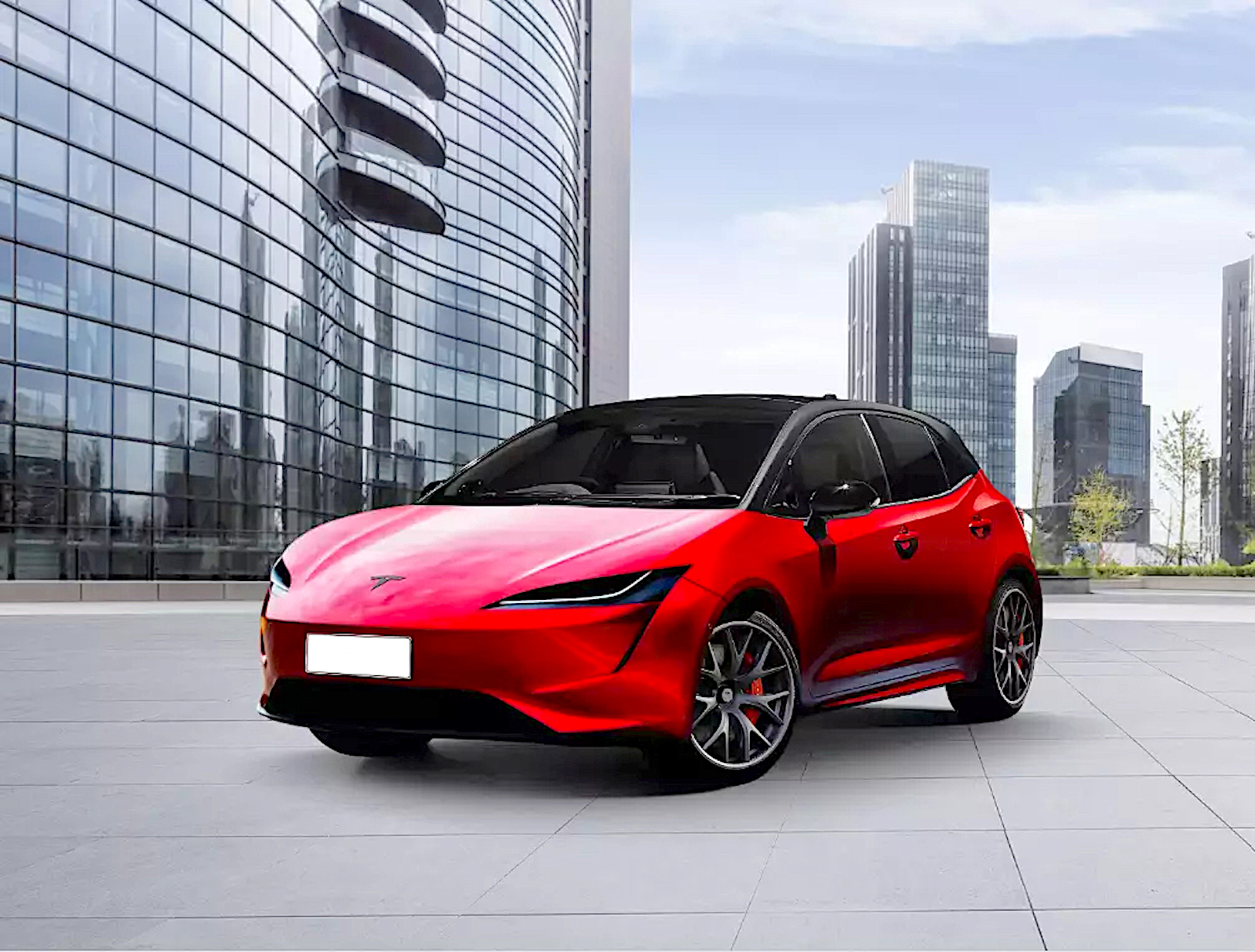
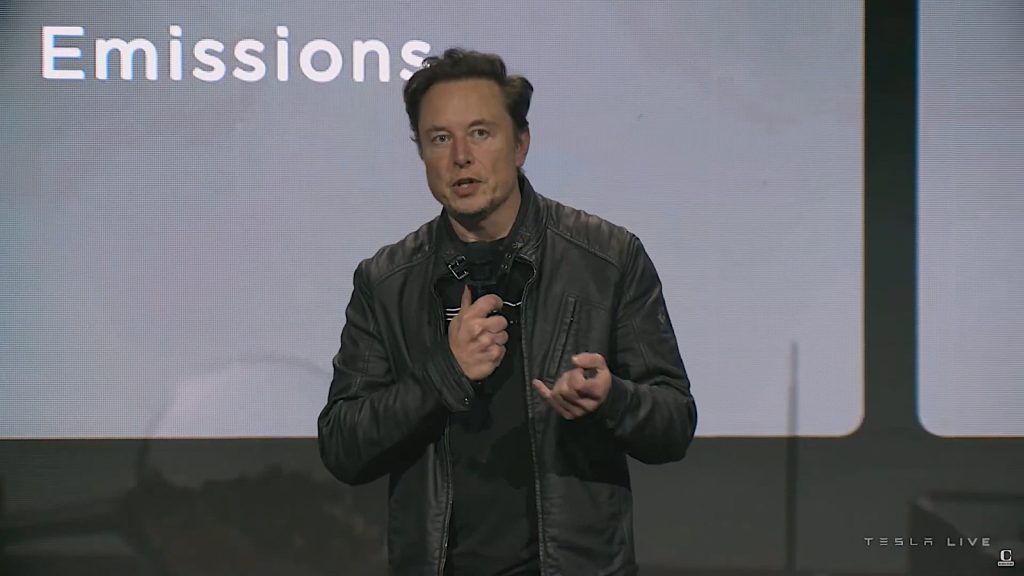
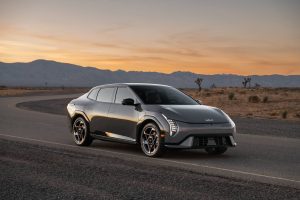
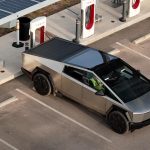


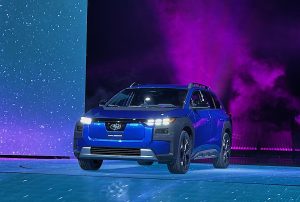
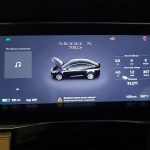
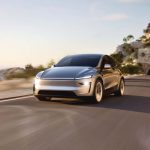
0 Comments